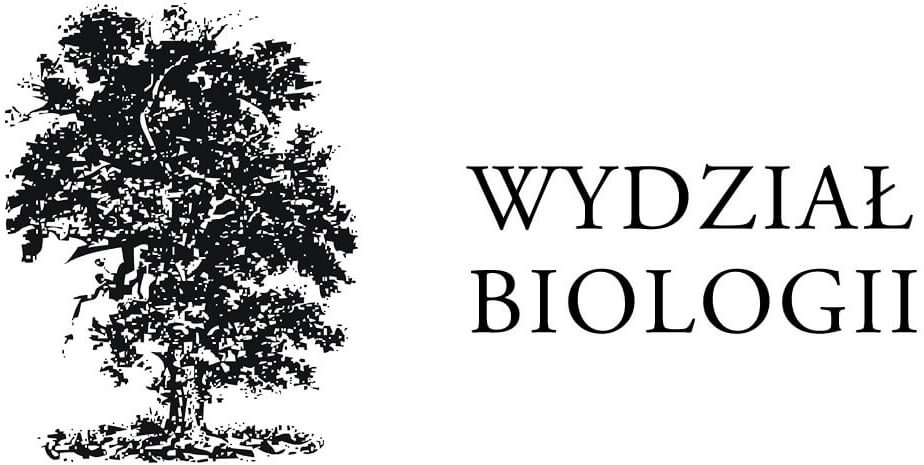Bird life in a city: biology at the heart of urbanization
Prof. Marta Szulkin with collaborators
In a world where cities are expanding at an unprecedented rate, scientists from the Anthropocene Biology Laboratory study how wild animals, including passerine birds, adapt to human-altered environments. Their research focuses on the behavior, physiology, morphology, and genetics of urban birds. Cities serve as “laboratories,” enabling the study of ecological and evolutionary processes in rapidly changing anthropogenic environments.
Urban birds adapt to their surroundings by using waste materials to build nests and storing heavy metals in their feathers. However, urban living comes at a cost: the increase in impervious surfaces like asphalt and concrete around nests reduces the reproductive success of great tits by half. The laboratory is developing methods for quantitative measurement of urbanization, allowing precise analysis of biological processes occurring in cities.
Through an interdisciplinary approach, researchers not only expand knowledge about urban ecology but also contribute to the conservation of nature in human-modified environments. Their findings can inspire policymakers to limit the excessive use of concrete and asphalt in favor of creating more biodiversity-friendly conditions.
MODERN APPLICATIONS:
Research on the impact of urbanization on wildlife provides data that helps in planning sustainable cities. The scientists’ findings highlight the need to reduce concrete spaces to support the reproductive success of urban birds and other wildlife while protecting biodiversity.
FIGURE CAPTIONS:
Top: Urban bird at a feeder: adaptation of the blue tit to anthropogenic environments.
Bottom: Relationships between solid waste, nest construction, and reproductive success in city birds.
RELATED PUBLICATIONS:
- Jagiełło Z, Corsini M, Dylewski Ł, Ibáñez-Álamo JD, Szulkin M. (2022) The extended avian urban phenotype: anthropogenic solid waste pollution, nest design, and fitness. Sci Total Environ 838:156034. doi: 1016/j.scitotenv.2022.156034
- Chatelain M, Massemin S, Zahn S, Kurek E, Bulska E, Szulkin M. (2021) Urban metal pollution explains variation in reproductive outputs in great tits and blue tits. Sci Total Environ 776:145966. doi: 1016/j.scitotenv.2021.145966
RELATED BOOKS AND CHAPTERS:
- Szulkin M, Munshi-South J & Charmantier A (Editors). 2020. Urban Evolutionary Biology, Oxford University Press.
RELATED PROJECTS:
- Trace metal effects on wild great tit Parus major oxidative stress and fitness in a gradient of urbanisation – Polonez grant, National Science Centre (NCN), 2016-2018, PI: M. Chatelain
- Ecological genetics of the great tit in a new, long-term population study set along a rural-urban environmental gradient – Sonata Bis grant, National Science Centre (NCN), 2015-2021,PI: M. Szulkin
